The AMC Javelin AMX is a distinctive American muscle car that has captured the hearts of car enthusiasts since its debut. It holds a special place in the automotive world for its unique design and performance capabilities. Understanding the years during which the Javelin AMX was released and its current market value can enhance appreciation of this automotive legend for collectors and admirers alike.
History and Evolution of the AMC Javelin AMX
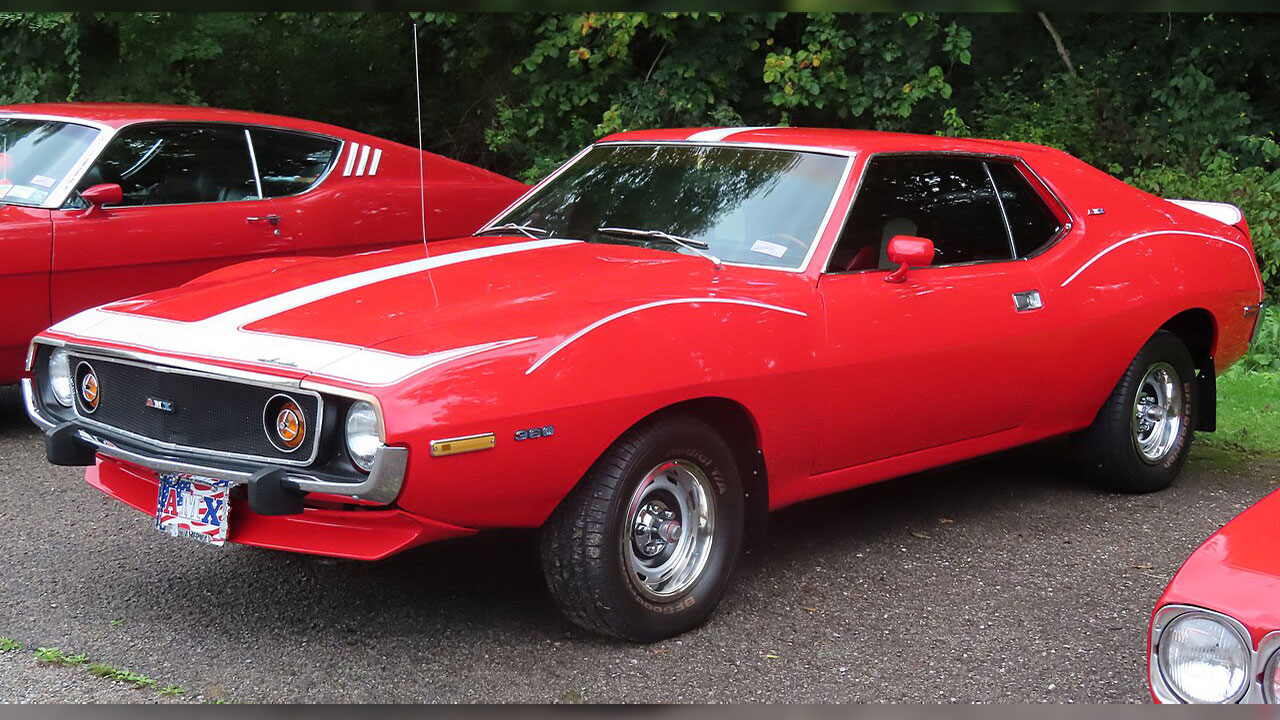
The AMC Javelin AMX’s journey began in the late 1960s, a period marked by intense competition in the muscle car segment. AMC, or American Motors Corporation, sought to make a bold statement with the Javelin AMX, which was introduced as a high-performance version of the Javelin model. The origins and development of the Javelin AMX can be traced to the AMC design team’s ambition to create a car that not only looked striking but also offered impressive speed and agility.
The Javelin AMX was released in several key model years between 1968 and 1974, with each iteration featuring notable changes and improvements. The 1968 model, for instance, introduced the AMX as a separate model from the Javelin. By 1971, AMC had further refined the design, giving it a more aggressive stance and enhancing its performance capabilities. The 1972 model year is particularly memorable, as it saw the release of some rare variants that have since become highly sought after by collectors. Throughout its production, the Javelin AMX made a significant impact on the muscle car market, carving out a niche for itself with its unique blend of style and power.
The Javelin AMX played a pivotal role in the muscle car segment, challenging the dominance of brands like Ford and Chevrolet. It was lauded for its distinctive styling and robust performance, which helped AMC gain a respectable foothold in the market. The impact of the Javelin AMX during its production years can still be felt today, as it continues to be celebrated by automotive enthusiasts and historians alike.
Performance and Design Features
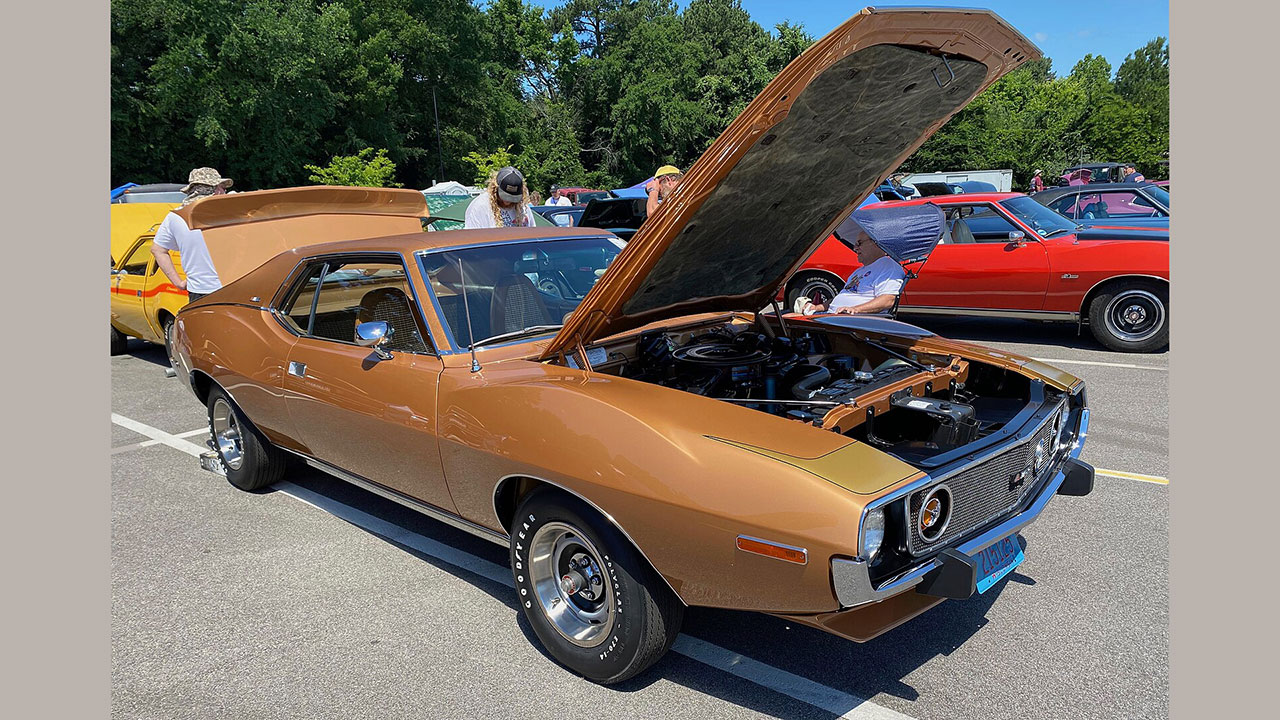
The performance of the AMC Javelin AMX was largely defined by its engine specifications, which included a range of powerful V8 options. The 390 cubic inch V8 engine was a standout, providing the car with the muscle needed to compete with its rivals. Later models offered even more powerful engines, such as the 401 cubic inch V8, which further enhanced its performance on the road. These engine options were a key factor in the Javelin AMX’s reputation as a formidable muscle car.
Design innovations were another hallmark of the Javelin AMX, setting it apart from other vehicles in its class. The car featured a long hood and a short rear deck, a design choice that emphasized its sporty nature. Inside, the Javelin AMX boasted a driver-oriented cockpit with high-quality materials and finishes. These design elements reflected AMC’s commitment to combining form and function, creating a car that was both aesthetically pleasing and performance-oriented.
The Javelin AMX also enjoyed a rich racing heritage, participating in various motorsports events and achieving success on the track. It was a regular competitor in the Trans-Am racing series, where it showcased its speed and agility against some of the best in the industry. The car’s racing pedigree added to its allure, cementing its status as a true American muscle car icon. An example of its racing success can be seen in its performance in Trans-Am races, where it frequently challenged and beat more established competitors.
Current Market Value and Collectibility
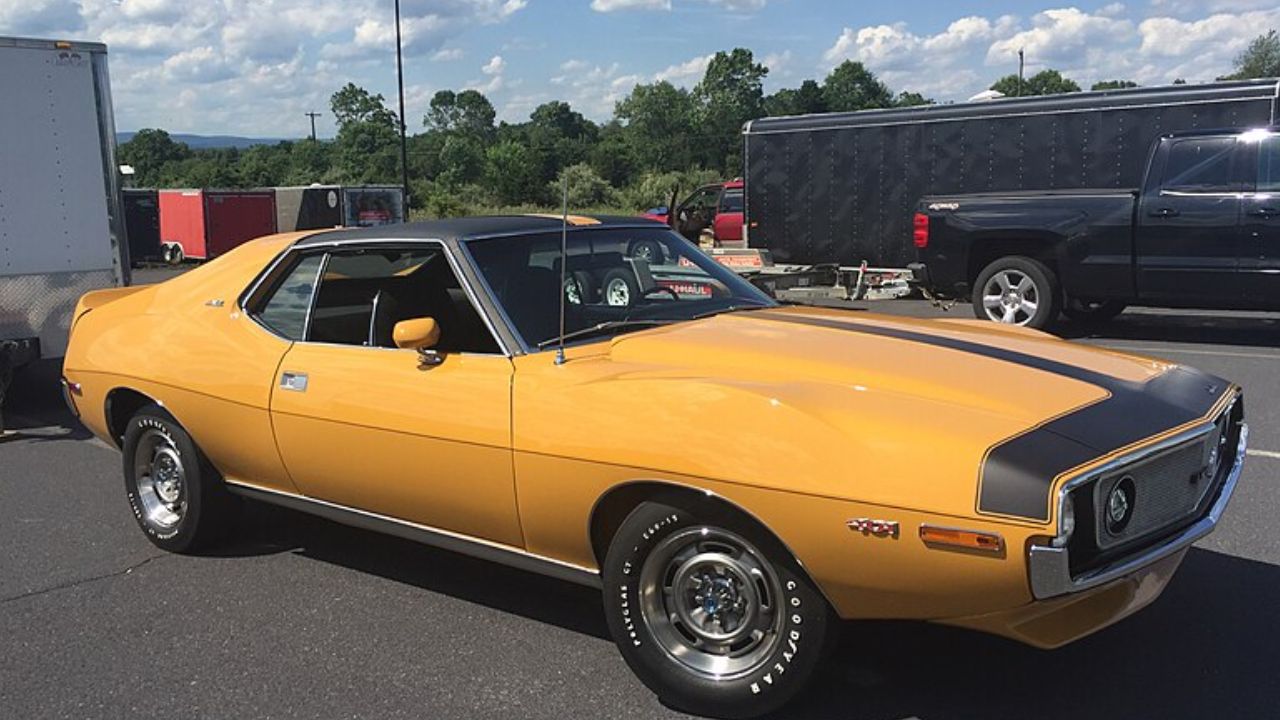
Several factors influence the current market value of the AMC Javelin AMX, including its rarity, condition, and historical significance. Collectors often seek out models that are in pristine condition or have been meticulously restored, as these tend to fetch higher prices. Additionally, rare variants, such as those produced in limited numbers or with unique features, are particularly valuable. The demand for these cars remains strong, as evidenced by their performance at recent auctions.
Recent auction results offer insight into the prices achieved by Javelin AMX models. For instance, a 1972 AMC Javelin AMX recently sold for a substantial sum at auction, underscoring the car’s enduring appeal among collectors. The value of these cars can vary widely, with well-preserved examples commanding premium prices. Classic car auctions are a good barometer of the current market trends, providing a snapshot of the interest and value associated with the Javelin AMX.
The collector interest in the Javelin AMX is not only driven by its performance and rarity but also its cultural significance. As a symbol of the golden age of American muscle cars, the Javelin AMX continues to captivate enthusiasts who appreciate its unique place in automotive history. The car’s combination of design, performance, and racing pedigree ensures that it remains a sought-after classic, with a dedicated following among collectors and fans alike.
Restoration and Maintenance Considerations
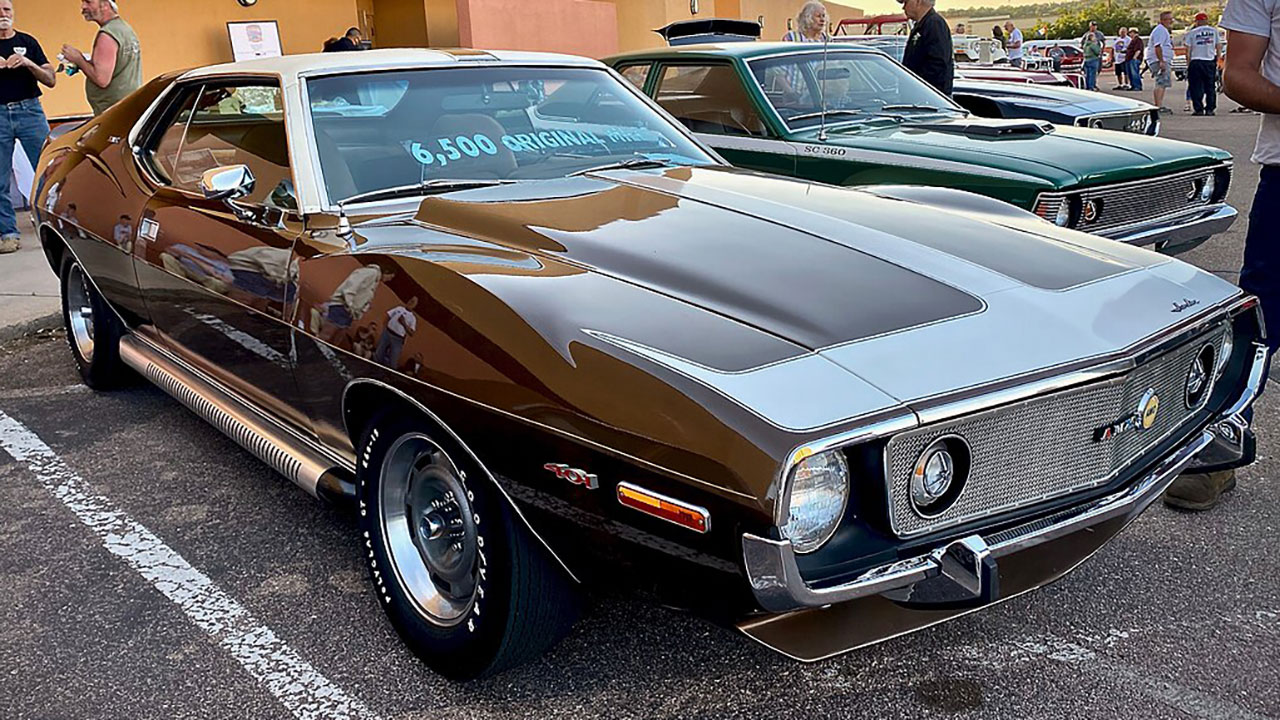
Restoring a Javelin AMX to its former glory can be a rewarding yet challenging endeavor. One of the primary challenges faced by owners is sourcing original parts, which can be difficult to find due to the car’s age and limited production numbers. Many enthusiasts turn to specialty suppliers and online marketplaces to locate the components needed for a successful restoration. Additionally, the complexity of the car’s design and engineering requires expertise and precision during the restoration process.
The availability of parts is crucial for maintaining and restoring the Javelin AMX. While some parts can be sourced from aftermarket suppliers, others may require extensive searching or even custom fabrication. Networking with other Javelin AMX owners and joining enthusiast communities can be invaluable for gaining insights into part availability and restoration tips. The availability of parts is a key consideration for anyone looking to restore or maintain these classic vehicles.
For prospective buyers, there are several considerations to keep in mind when purchasing a Javelin AMX. It is important to thoroughly inspect the vehicle for any signs of rust or previous damage, as these can significantly impact the car’s value and restoration costs. Additionally, verifying the authenticity of the car’s components and history is essential to ensure a wise investment. By taking these steps, prospective buyers can avoid potential pitfalls and make informed decisions when entering the world of classic car ownership.
Cultural Impact and Legacy

The AMC Javelin AMX has made several notable appearances in popular culture, further cementing its status as an iconic muscle car. It has been featured in films and television shows, often depicted as a symbol of American automotive prowess. These appearances have helped to keep the Javelin AMX in the public eye, introducing it to new generations of fans and solidifying its place in pop culture history.
In the automotive world, the legacy of the Javelin AMX is evident in its influence on subsequent muscle car designs. Its bold styling and performance capabilities set a benchmark for other manufacturers, inspiring future generations of sports cars. The Javelin AMX remains a celebrated example of American automotive ingenuity, with its impact still felt today. The car’s enduring popularity is a testament to its timeless appeal and significance in the world of classic cars.
Enthusiast communities and clubs have played a crucial role in preserving the legacy of the Javelin AMX. These groups offer a platform for owners and fans to share their passion, exchange knowledge, and support each other in their endeavors to maintain and restore these classic vehicles. By fostering a sense of community and camaraderie, these clubs help to ensure that the Javelin AMX continues to be appreciated and cherished for generations to come.
Like Fast Lane Only’s content? Be sure to follow us.
Here’s more from us:
*Created with AI assistance and editor review.

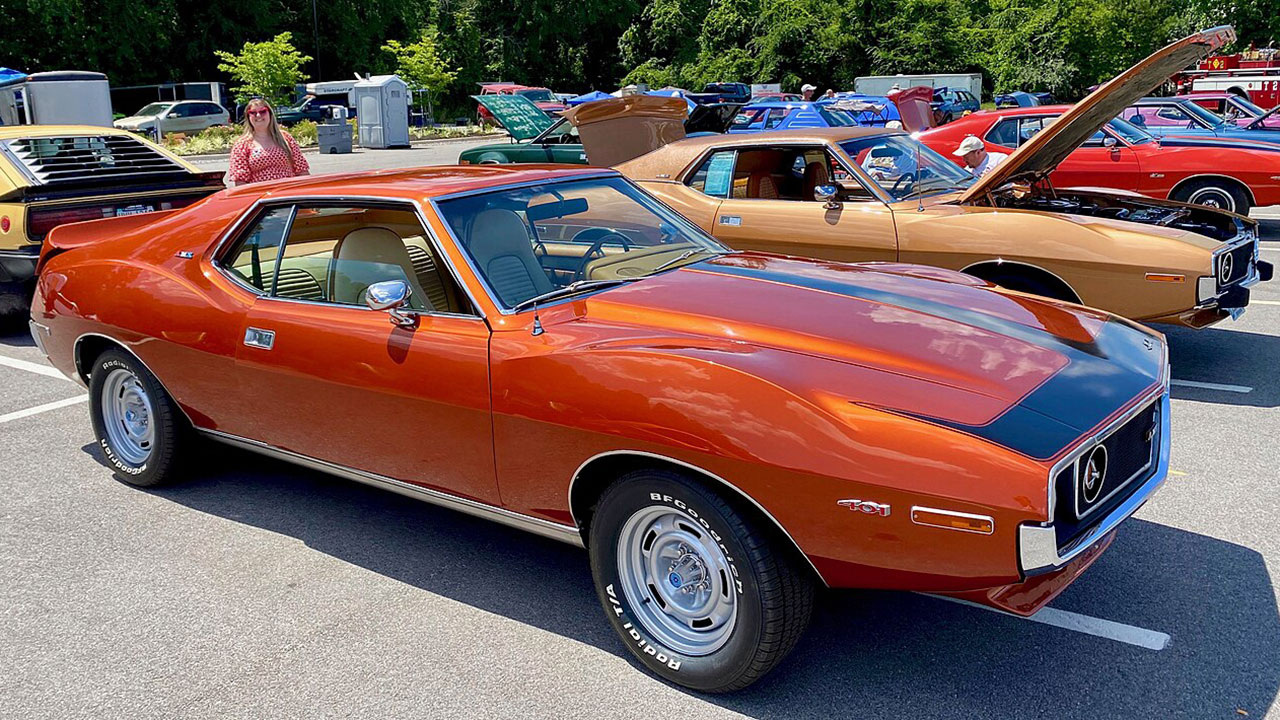
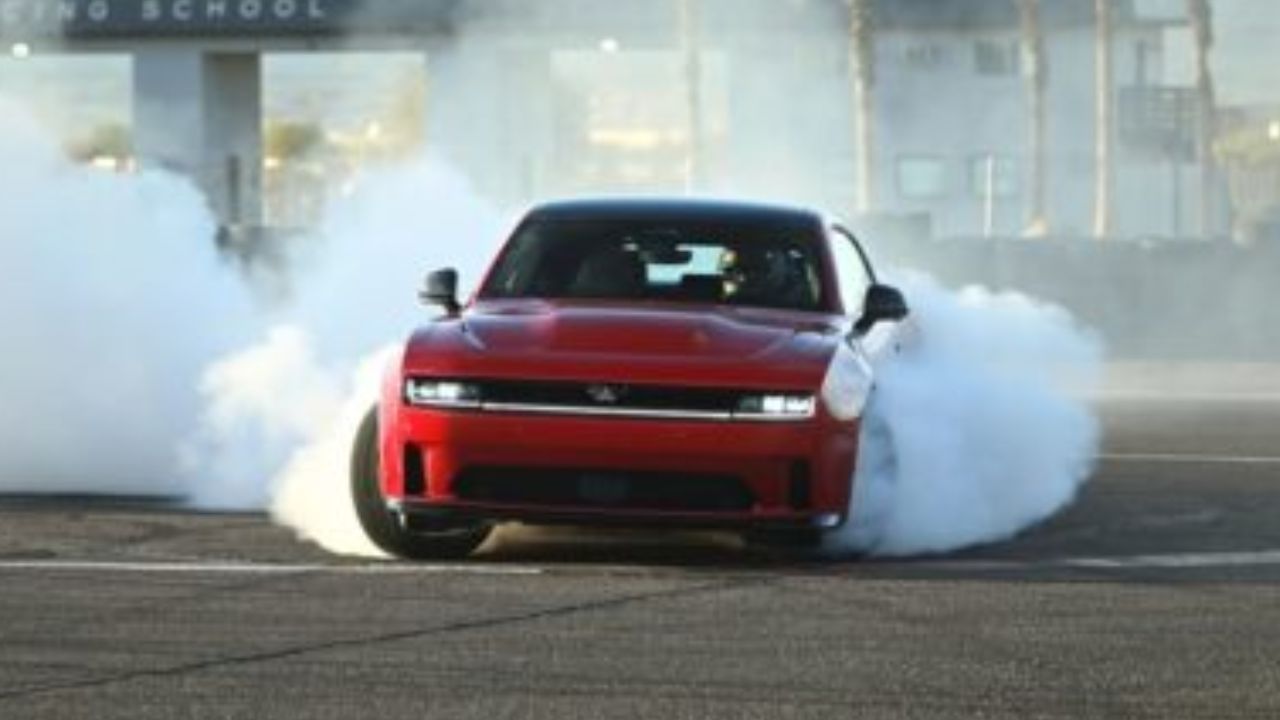
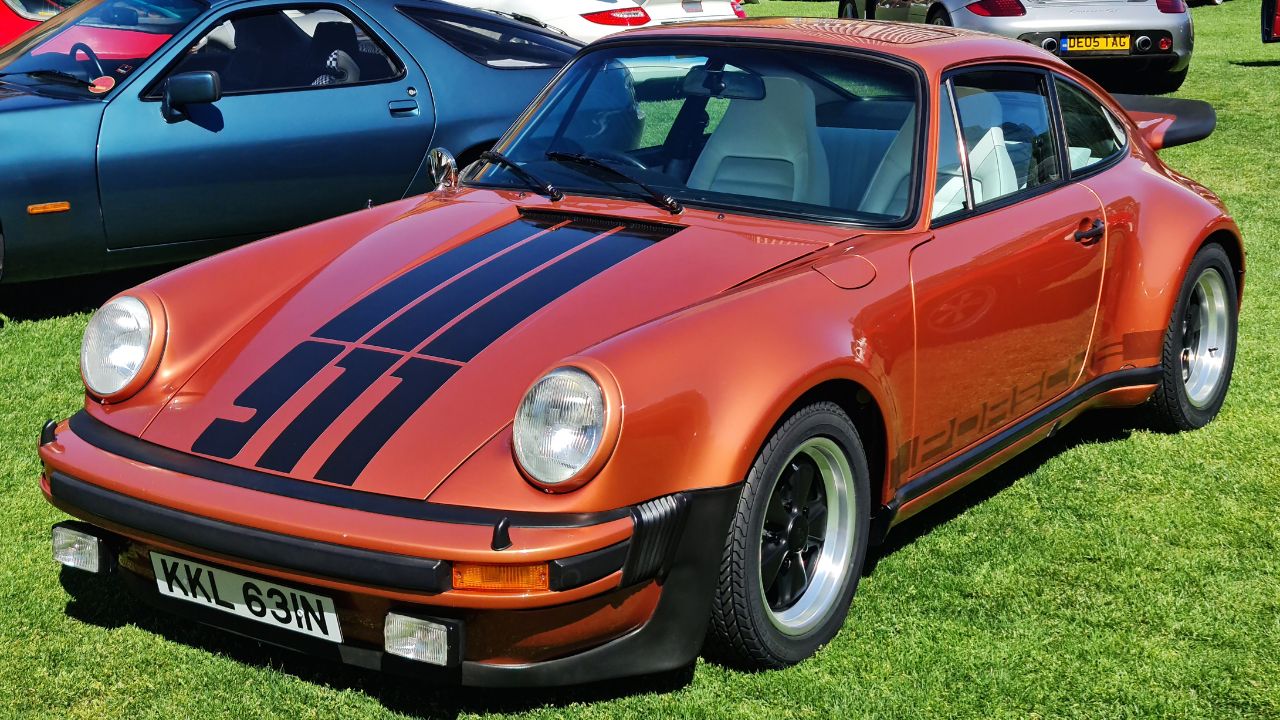
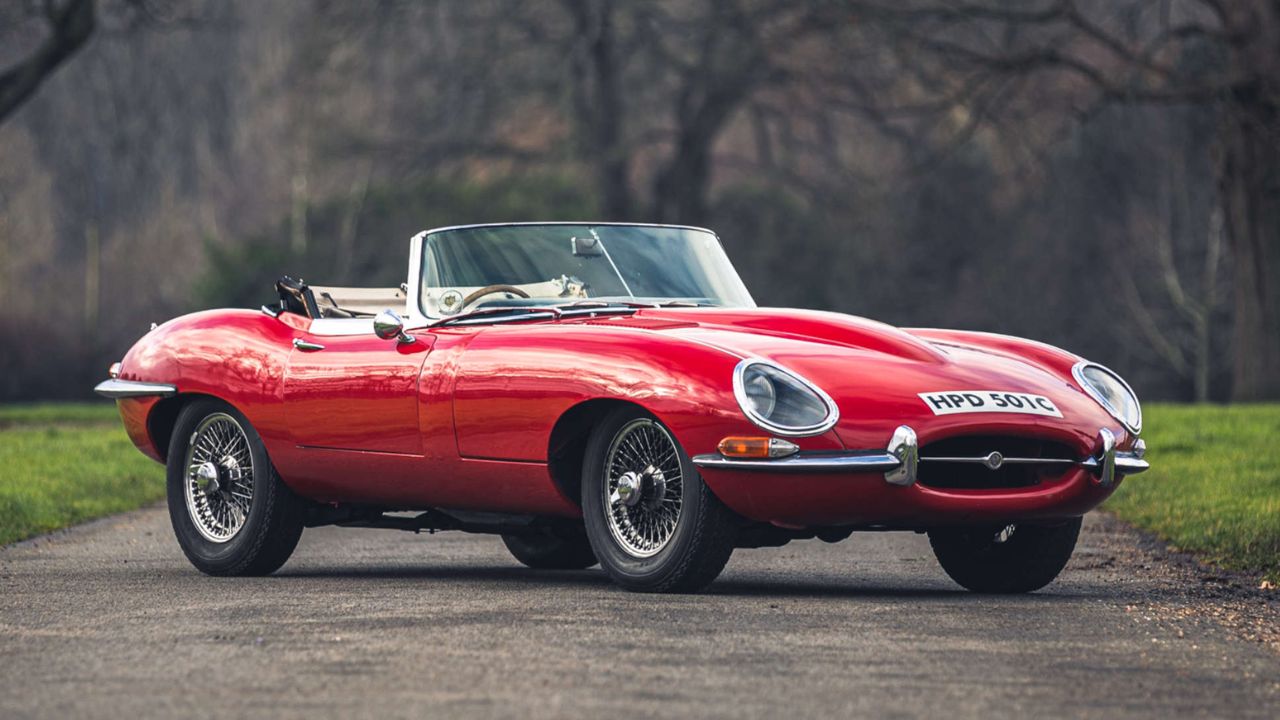
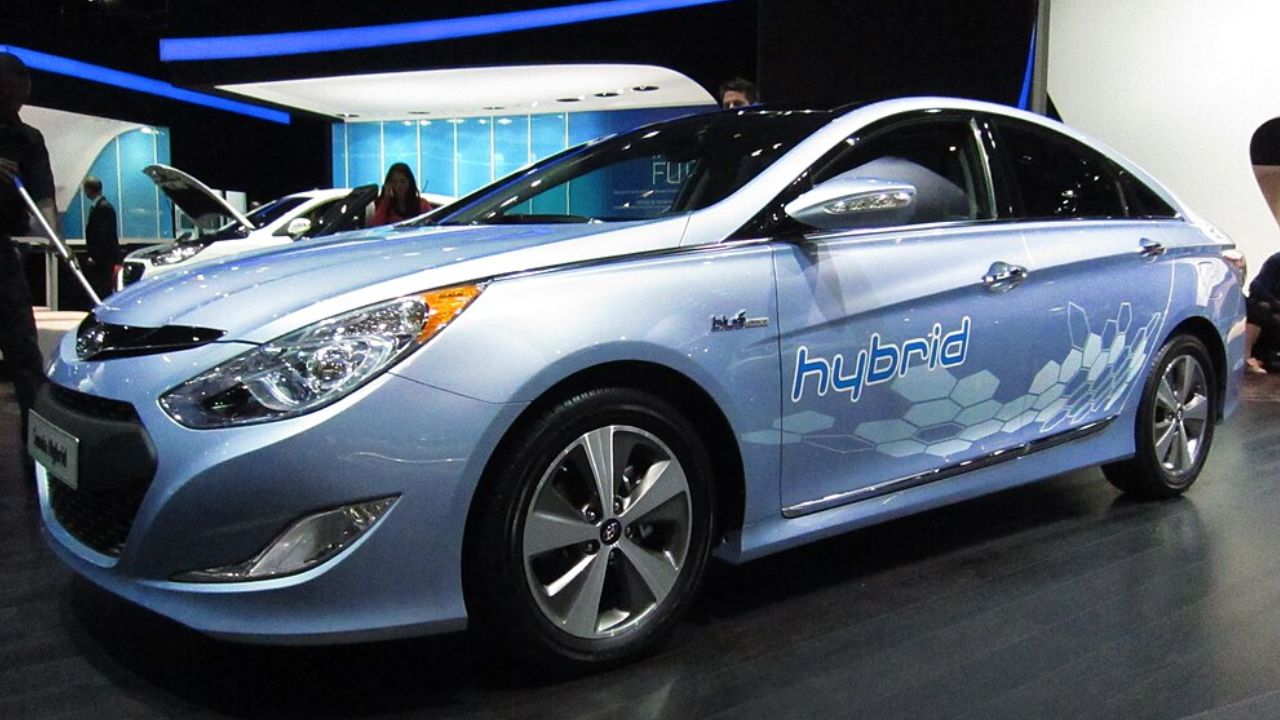
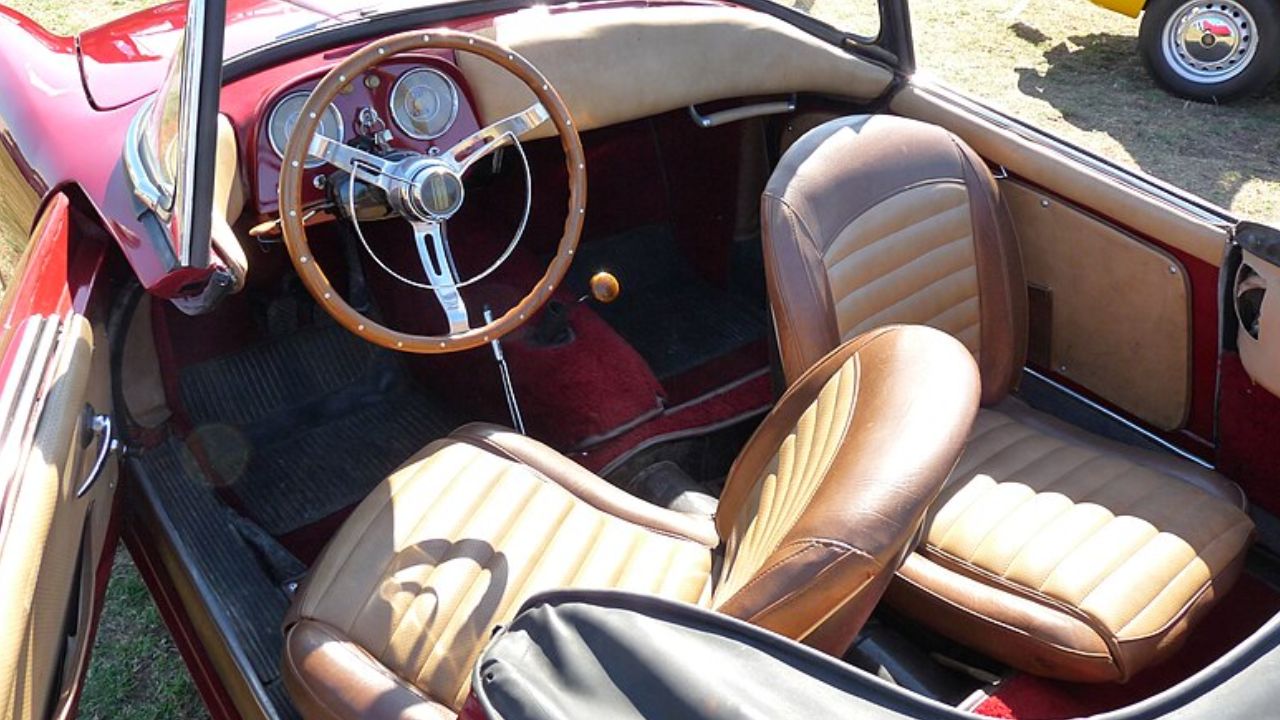
Leave a Reply